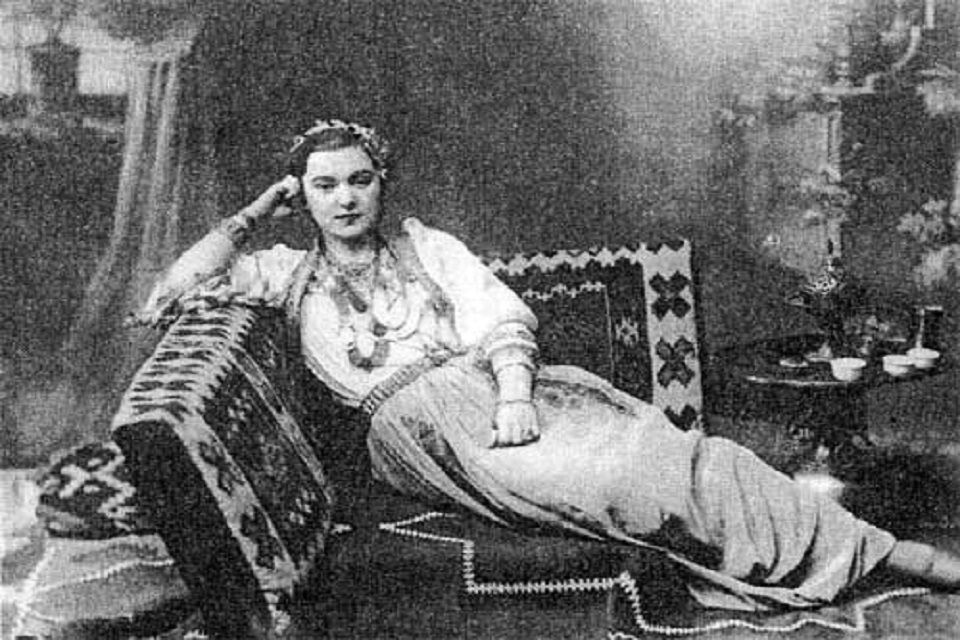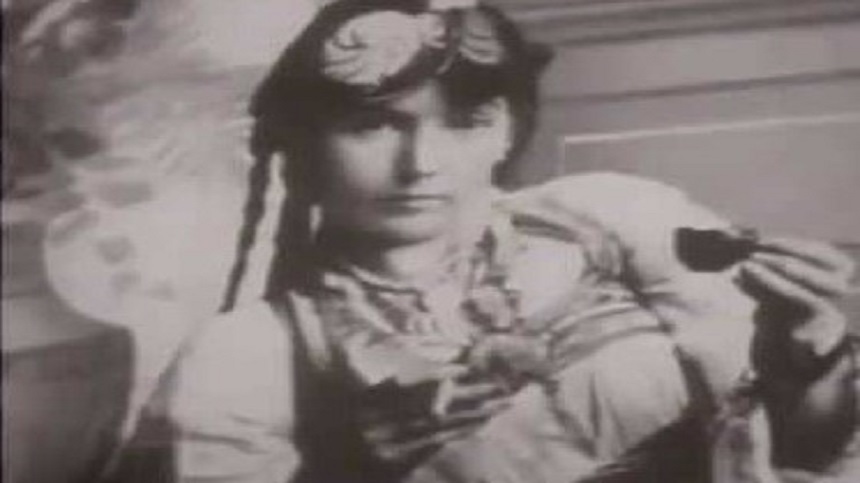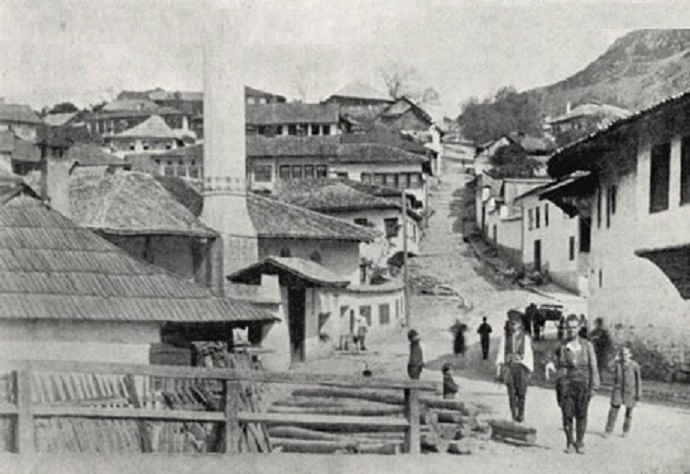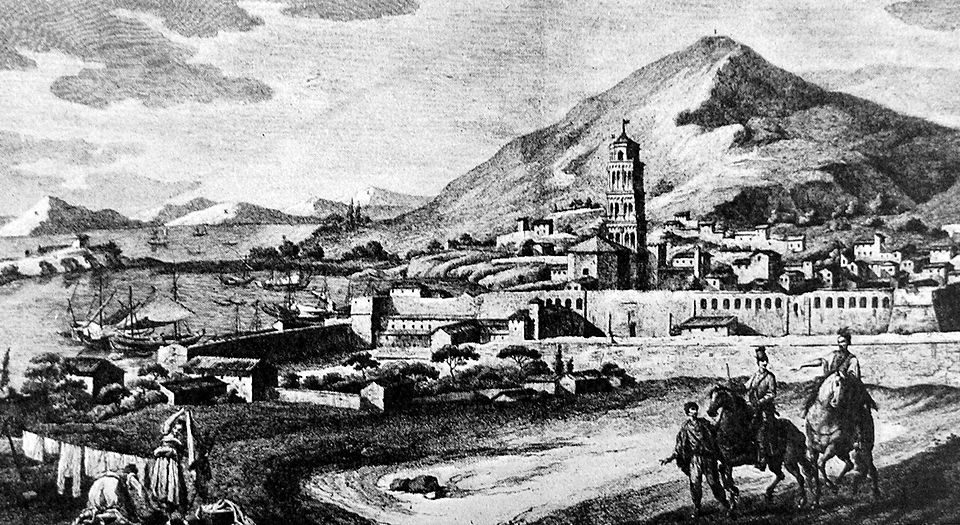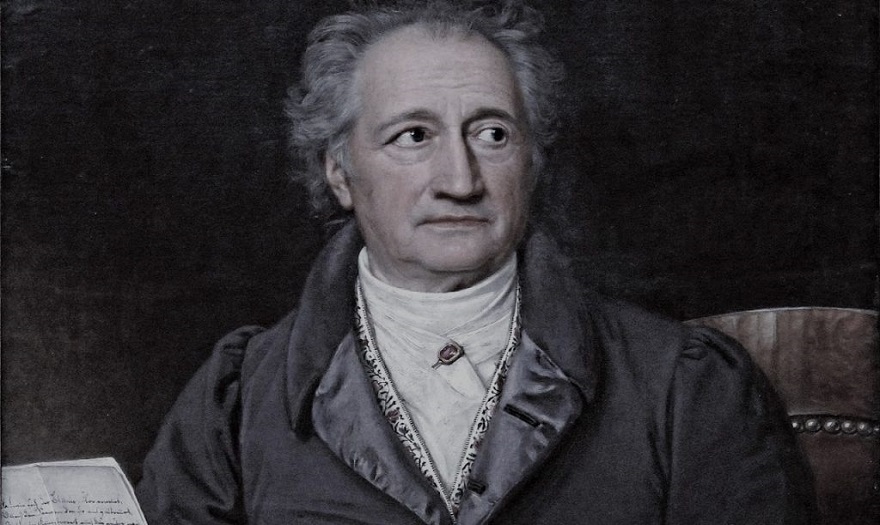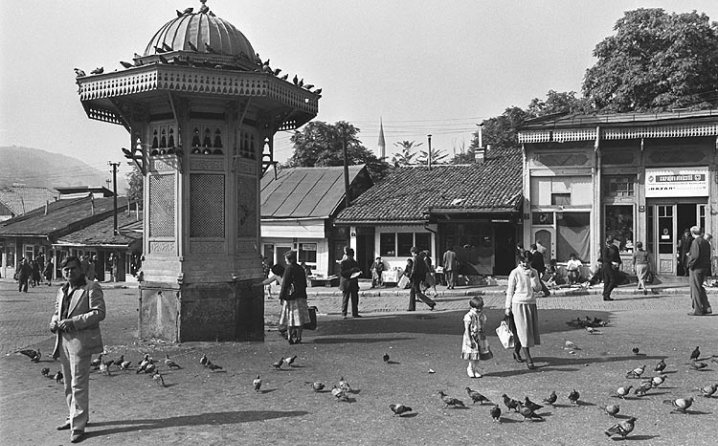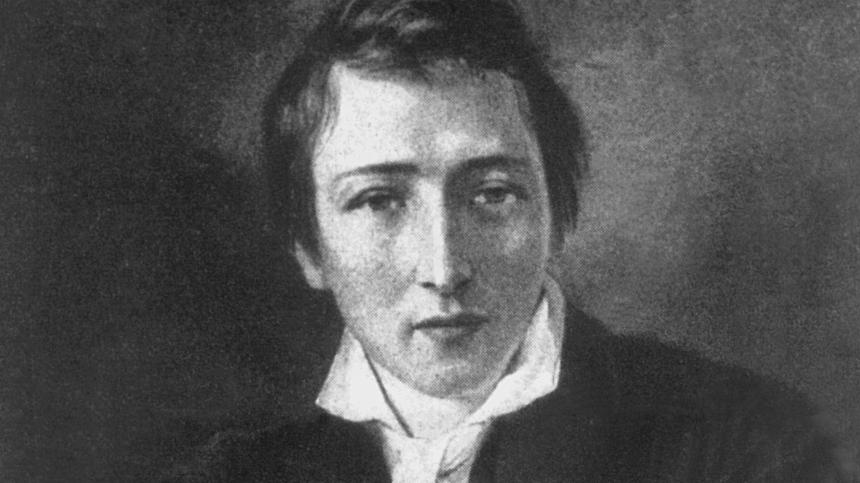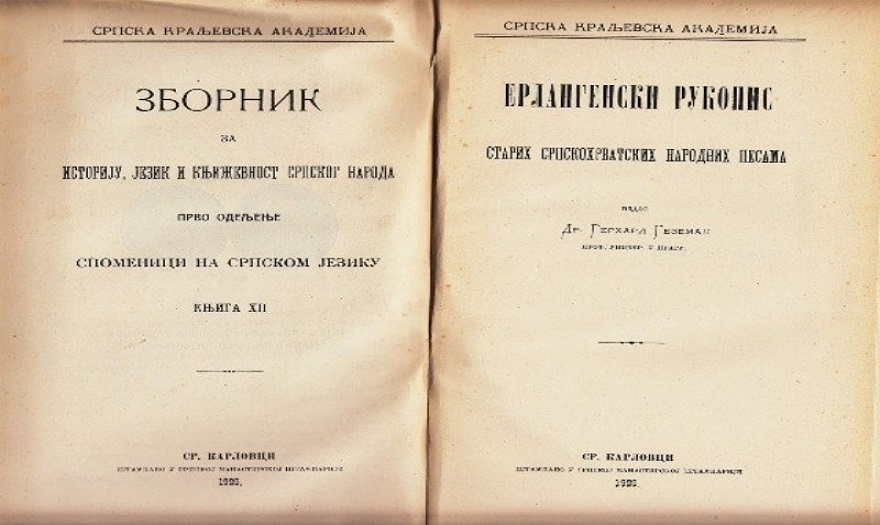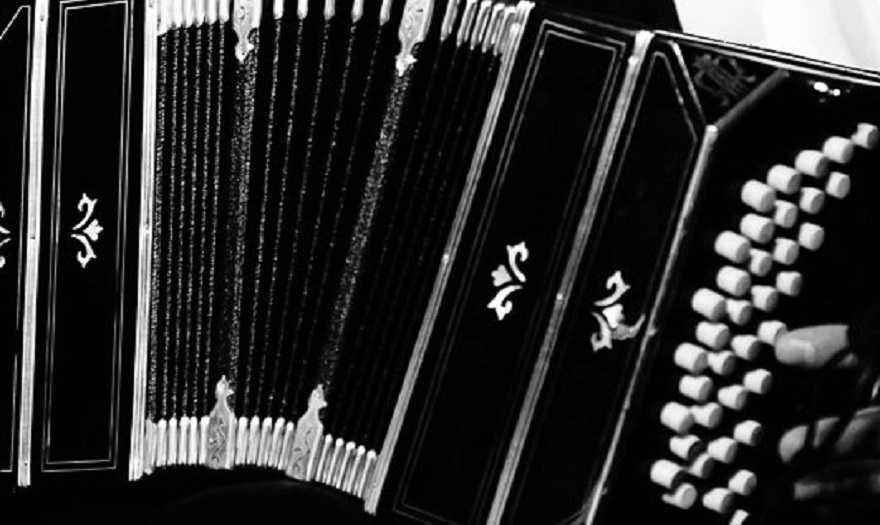12. May 2020
12. May 2020
The first Bosnian Muslim poetess was Umihana Čuvidina.
She was born at the end of the 18th century (ca. 1795 - 1870) on the Hrid into the family Čuvid - which was active in the hospitality industry and fruit trade. Her birthplace was on the corner of Mujezin Sokak, in the small Sarajevo district below Kačanik.
After the tragic death of her fiancé, Umihana began to write poetry.
She never recovered from this stroke of fate.
Among the standard-bearers of the Bosnian army was Umihana's fiancé Mujo Čamdži from Bistrik. According to the historians Sejfudin Kemura and Vladimir Ćorović he died in the fights near Loznica.
She was born at the end of the 18th century (ca. 1795 - 1870) on the Hrid into the family Čuvid - which was active in the hospitality industry and fruit trade. Her birthplace was on the corner of Mujezin Sokak, in the small Sarajevo district below Kačanik.
After the tragic death of her fiancé, Umihana began to write poetry.
She never recovered from this stroke of fate.
Among the standard-bearers of the Bosnian army was Umihana's fiancé Mujo Čamdži from Bistrik. According to the historians Sejfudin Kemura and Vladimir Ćorović he died in the fights near Loznica.
Do you like it?
2. March 2020
2. March 2020
The famous poet from Mostar is known for his patriotic poetry, but also for love poetry, which he wrote under great influence of the Bosnian Sevdalinka. The most significant of these is "Emina", a song that sings of the poet's unfulfilled love.
But who was Emina, the legendary beauty from Mostar?
But who was Emina, the legendary beauty from Mostar?
Do you like it?
25. January 2020
25. January 2020
In the middle of the 18th century, two brothers lived in Sarajevo who were wealthy merchants: Hadschi Mehmed-aga, called Pašo and Ibrahim-aga Morić, descendants of Mustafa-aga, who had been a janissary with the title Serdengecti (Storm Troopers) and mother Amina.
This was the period after the Battle of Banja Luka, when the Bosniaks, without the help of Constantinople, defeated the superior Austrian army and even higher taxes were imposed on them as a "reward"[...]
This was the period after the Battle of Banja Luka, when the Bosniaks, without the help of Constantinople, defeated the superior Austrian army and even higher taxes were imposed on them as a "reward"[...]
Do you like it?
16. January 2020
16. January 2020
The first and well documented trace about the Sevdalinka reaches far into the XVI century (more precisely 1574) and is interestingly linked to Split. It is owed to the then Prince of Split, as he sent the proofs of the true events, as well as the songs about them together with the regular mail to the Venetian Senate. This record is in the book: Vincenzo Solitro: Documenti Storici sull' Istria e la Dalmazia. Venezia, published in 1844. (Munib Maglajlić, 1983).
This document tells about the unhappy love between the Bosniac Adil from Klis and Marija (Mara) Vornić from Split; The Split prince also kept the memory of the local poet Franjo Boktulija, who wrote an epitaph into the fate of the unhappy young woman - the "Bidna Mara",..
This document tells about the unhappy love between the Bosniac Adil from Klis and Marija (Mara) Vornić from Split; The Split prince also kept the memory of the local poet Franjo Boktulija, who wrote an epitaph into the fate of the unhappy young woman - the "Bidna Mara",..
Do you like it?
1. December 2019
1. December 2019
Hasanaginica is a well-known lyric-epic folk ballad which originated between 1646 and 1649 from Bosniak family from Imotski Kraj, which was then part of the Bosnian Eyalet. It probably passed from one generation to the next in oral form through the region of Imotski, until Italian travel writer and ethnographer Alberto Fortis, who called it the "Morlock ballad" (Morlaque = Illyrian) made sure it was not forgotten. It was first published in Venice under the title "Illyrian Ballad" in the book "The Way to Dalmatia" in 1774.
Do you like it?
30. November 2019
30. November 2019
"KIŠA BI PALA, PASTI NE MOŽE" (The rain would fall, but it can't) is a well-known and enormously beautiful ballad. About the origin of this song the following story by Halid Varatanović from Sarajevo is recorded: "When Austria took over Bosnia, there were Imams and teachers of religion who taught the children and were not happy about the Austrian occupation, among them the Imam Kustura (they are from Novi Pazar, but settled here in Sarajevo a long time ago). There was him and his uncle - I knew the Hafis - and they were called Sokolović. Their nickname was Kustura, which became the official family name).
Do you like it?
29. November 2019
29. November 2019
Melancholic melodies and verses of a tragic and overwhelming love have brought feeling of “Sevdah” for generations of Bosnians-Herzegowinians, and other numerous lovers of Sevdalinka from the whole territory of the former Yugoslavia. However, the author of the song is none other than the German poet Heinrich Heine, one of the greatest writers of world history and European literature.
The original title of the song was "The Asra", which was translated into Bosnian by the writer Safvet-beg Bašagić.
Do you like it?
28. November 2019
28. November 2019
The Erlangen Manuscript is a collection of folk songs in Croatian, Serbian and Bosnian.
It contains 217 songs: ten belong to the folk poetry, the others are original folk songs.
The manuscript was discovered in 1913 in the library of the German city of Erlangen and given to Erich Bernecker, a professor of Slavic philology in Munich, with the instruction to determine the author and origin of the collection.
Bernecker forwarded the instructions to his younger colleague Gerhard Gesemann.
Bernecker forwarded the instructions to his younger colleague Gerhard Gesemann.
Do you like it?
21. December 2017
21. December 2017
After the occupation of Bosnia and Herzegovina by Austria-Hungary in 1878, the sevdalinka, which was created in the course of the urbanization of the cities on the territory of Bosnia and Herzegovina under the Ottoman Empire in the 16th century, was not lost. However, its basis of life, in which it was able to develop and flourish, was considerably damaged. With the unfolding of Western culture in Bosnia and Herzegovina by the Habsburgs, the special forms of life and thus also the forms of society that were decisive for the development of the Sevdalinka gradually began to fade into the background.
Do you like it?

